Cell Flagship Cellphone Digicam Overview 2020 H1: Nonetheless Picture Battle
As we speak every time you select a flagship smartphone, you sometimes get sort of the similar elementary system no matter the vendor you chose. It’s a glass slab with a show display screen, and as a rule even the inside {{hardware}} powering the telephones isn’t all that fully completely different, with just a few exceptions. Whereas most distributors try to differentiate themselves of their designs and ergonomics – some with additional success than others – the one side the place smartphones can nonetheless be very fully completely different from each other is their cameras.
This yr we’ve seen smartphones with additional choice than ever in the case of their digicam setups. The previous few years has seen an explosion of fast-paced innovation inside the image seize expertise of smartphones, with distributors specializing on this last side of a phone the place they’re going to truly differentiate themselves from others, and try to one-up the opponents.
We’re halfway by 2020, and almost all distributors have launched their predominant flagship devices – a lot of which we nonetheless had however to cowl in full critiques. This was a really perfect different to put the complete new period devices in opposition to at least one one other and consider their cameras methods to truly showcase merely how fully completely different (or associated) they’re to at least one one other. In the meanwhile’s article is a battle-royale for smartphone footage, providing an apples-to-apples comparability all through a really highly effective devices accessible within the current day.
The Telephones – A Digicam Overview
Sooner than we go into the picture critiques and analysis of the fully completely different eventualities, it’s good to have a refresher of what the fully completely different telephones sport in the case of their {{hardware}}, and what makes them stand out from the rest of the group.
Apple’s iPhone 11 Skilled & iPhone SE ( Preliminary Consider, SE Consider )
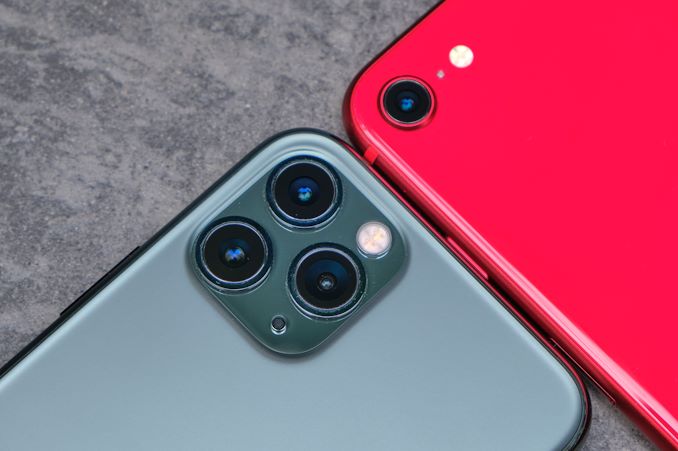
Apple’s telephones proper right here symbolize the oldest devices inside the round-up, being launched last September. The iPhone 11 Skilled was a severe step-up for Apple inside the digicam division – every design-wise and hardware-wise. On the precept digicam sensor Apple nonetheless went with a day by day 12MP Bayer sensor, utilizing 1.4µm pixels as its predecessors, nonetheless for the first time we see utilizing dual-photodiodes which could perform full sensor phase-detect auto-focus components along with assist wider dynamic differ exposures.
The first digicam is joined by a 12MP telephoto module, along with for the first time for Apple a ultra-wide-angle module that had been the good rage in 2019. All in all, Apple’s {{hardware}} wasn’t all that trendy as there’s nothing proper right here that we haven’t seen sooner than. The place the iPhone does differ is in its image processing, because the model new A13 chip proper right here is able to make use of a stronger ISP and higher computing effectivity, allowing new choices equal to night mode and deep fusion image merging for greater particulars.
In April this yr, Apple moreover launched the iPhone SE. This funds iPhone makes use of the similar digicam {{hardware}} as on the iPhone 8, nonetheless takes profit of some of the brand new image processing prowess of the A13 chip. It’s a simple single digicam setup, so it’s a fairly easy design.
Samsung’s Galaxy S20+ and Galaxy S20 Extraordinarily ( Preliminary Consider )
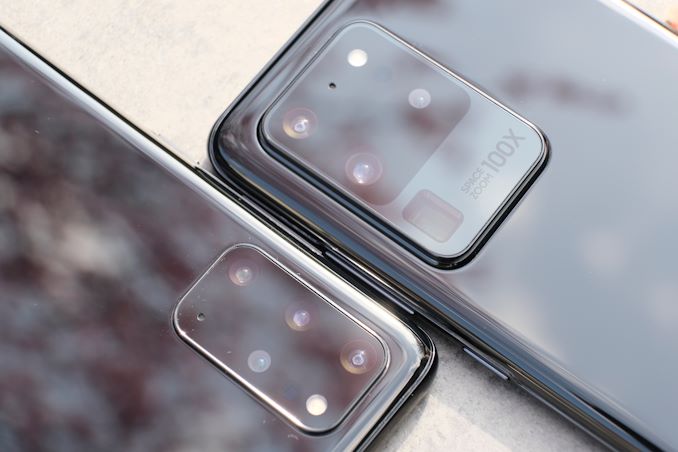
Samsung’s Galaxy S20 sequence moreover had an unlimited yr in 2020 in the case of the digicam {{hardware}}. Starting off with the model new Galaxy S20+, Samsung proper right here employed an unusual nonetheless trendy setup, using a predominant module with a 12MP sensor with 1.8µm pitch pixels, with 26mm equal focal measurement optics. There’s a second 28mm equal focal measurement module on the phone which might be very unusual. The sensor proper right here captures as a lot as 64MP footage and as well as serves as a result of the video digicam for 8K recording. In essence, the phone has no precise optical telephoto module, nonetheless moderately makes use of the higher choice sensor to have the flexibility to crop in with higher component. Every these sensors are of the newer period 1/1.7” measurement which allow them to grab additional light.
The ultra-wide module moreover observed an enhance to a a lot greater sensor and upgrades the pixel pitch to 1.4µm, nonetheless we lose choice as this yr it’s solely 12MP.
The Galaxy S20 Extraordinarily’s digicam setup is kind of extravagant in its measurement. With a 108MP 1/1.33” sensor with 0.8µm pixels it’s amongst crucial sensors in the marketplace. Samsung opted to go for a 3×3 Nona-Bayer colour filter setup which is unique, and signifies that the sensor captures 12MP footage in every-day eventualities.
The zoom module on the S20U will also be large: Samsung crammed inside the IMX586 proper right into a periscope telephoto module, resulting in a 4x optical zoom / 103mm equal focal measurement. Due to the 48MP sensor, this can be cropped a lot, attaining good prime quality as a lot as spherical 10x zoom.
Google’s Pixel 4 ( Preliminary Consider )

The alternative 2019 system on this guidelines is Google’s Pixel 4 phone. Google’s forte is clearly on the software program program side, showcasing some great image processing. On the {{hardware}} side, points are a bit simpler. We’re seeing a 12MP foremost sensor that’s seemingly pretty older, along with telephoto lens that’s actually a 43mm equal with 1.6x zoom, compensated by the reality that the sensor is a 16MP unit. Such an technique permits for greater intermediate zoom diploma prime quality. What’s truly missing proper right here is an ultra-wide-angle module, and alongside the model new iPhone SE, it’s the one completely different phone on this comparability lacking such a digicam view.
OnePlus’ 8 & 8 Skilled ( Announcement )

OnePlus this yr moreover had some giant enhancements inside the digicam division – on the very least the Skilled mannequin did. The OnePlus 8 Skilled choices amongst the first makes use of of the model new Sony IMX689 sensor which is a 1/1.4” module that features 48MP 1.12µm pixels in a quad-bayer colour filter construction (2.44µm 12MP binned). It’s amongst the additional good alternatives and represents a compromise between the low-MP vs high-MP designs in the marketplace. There’s a 3x optical telephoto module coming at 8MP choice, and the ultra-wide-angle actually adopts the IMX586 – last yr’s trendy sensor at 48MP (0.8µmnative / 1.6µm binned pixels).
The widespread OnePlus 8 sees this comparable sensor on its foremost digicam – in essence proper right here nothing modified compared with the OnePlus 7 Skilled apart from that it’s lacking a loyal telephoto digicam, in its place using the precept digicam sensor in its 48MP in a crop mode to get to 2x magnification footage with little prime quality loss.
OnePlus this yr has seemingly labored a lot on their image processing, resulting in greater prime quality than prior years.
Huawei’s Mate 30 Skilled & P40 Skilled ( Preliminary Consider, Announcement )
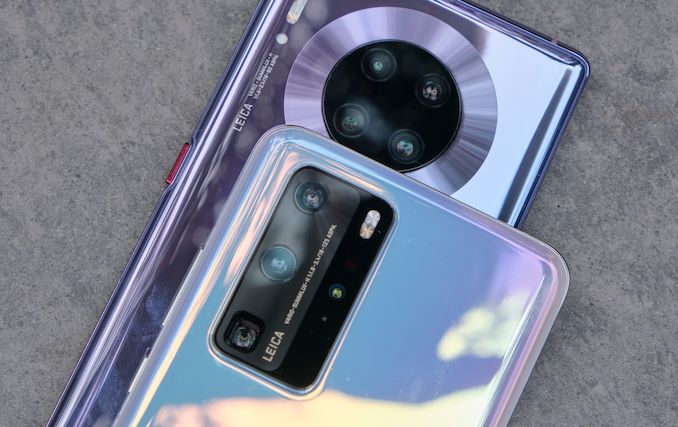
Huawei’s efforts over the past years inside the P-series might be strongly attributed to sparking the present improve in smartphone digicam advances, having been the first to popularise high-megapixel sensor utilization along with the first to return to market with computational footage modes equal to Evening time Mode. The company has truly been pushing it in the case of every {{hardware}} and software program program.
The Mate 30 Skilled was launched late last yr and makes use of a 40MP RYYB sensor – nonetheless a giant 1/1.7” unit. There’s an 8MP 3x telephoto module for extra attain, and the actual issue about Huawei’s new telephones is that the ultra-wide-angle is unquestionably a 3:2 format sensor moderately than the usual 4:3 side ratio, resulting in a novel space of view than what you’re often used to. This 40MP sensor stays to be very giant and is crucial of this kind obtainable in the marketplace.
The newer P40 Skilled updates the precept digicam sensor to a model new 50MP 1/1.28” unit, making this crucial digicam sensor in the marketplace on the market. Each pixel is natively 1.22µm in dimensions and Huawei is binning it to 2.44µm as a result of it’s a quad-Bayer colour filter. The odd issue proper right here is that the P40 Skilled by default takes 27mm equal cropped wide-angle footage though the lens module is unquestionably 23mm broad. Even weirder is that the phone scales this crop up once more to 12MP. One factor to remember for the evaluation half.
The ultra-wide-angle is analogous as on the Mate 30 Skilled, nonetheless the telephoto module is one different periscope design, that features 5x optical magnification with a 12MP RYYB sensor, making that moreover the first and solely of its type that features such a colour filter array on a telephoto module.
LG’s V60 ThinQ ( Announcement )
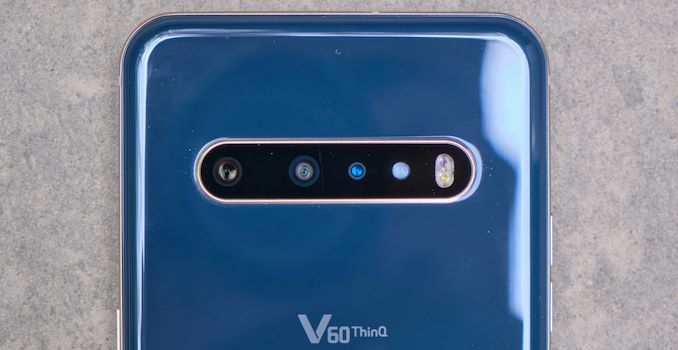
LG’s V60 is one different dual-camera setup phone identical to the Pixel 4, with the excellence being that LG opted to skip the telephoto in its place of their pioneering use of ultra-wide-angle modules.
On the precept digicam, we’re seeing a model new 64MP 1/1.7” sensor with 0.8µm pixels, binning proper right down to 16MP for regular footage. LG’s lack of a telephoto is compensated by the reality that the precept sensor is of such a extreme choice, and might actually seize a 16MP crop at 2x magnification whereas inside the native choice mode of the sensor, solely dropping a bit of little bit of dynamic differ nonetheless nonetheless retaining near full choice sharpness, making this individually a reasonably well-working reply to the scarcity of a telephoto.
The ultra-wide-angle is a 13MP unit with a 1.0µm pixel pitch sensor and a 117° space of view (15mm equal).
Xiaomi’s Mi 10 Skilled ( Announcement )
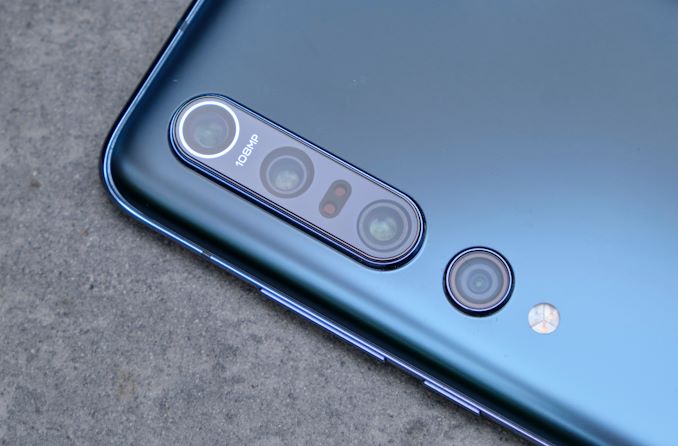
Xiaomi was the first vendor to ship to market Samsung’s new 108MP HMX sensor. It’s of the similar large 1/1.3” measurement as that found inside the S20 Extraordinarily, nonetheless the excellence proper right here is that Xiaomi opts for a day by day quad-Bayer colour filter array, which implies that the phone on this digicam actually captures 27MP footage natively, notably higher than another phone.
What Xiaomi moreover does on the telephoto end will also be terribly attention-grabbing. As a substitute of going with a periscope module, they’ve managed to utilize a day by day module design to achieve a 5x optical zoom module on account of a small 1.0µm 8MP sensor. Xiaomi moreover thought of the issue of the usual gap between the focal ranges of the modules and bridged this with a traditional 2x optical zoom module coming in at 12MP.
The fourth digicam is the ultra-wide-angle with a 20MP unit with 1.0µm pixels. Normally, Xiaomi’s technique to the digicam setup seems terribly level-headed as a result of it avoids many compromises we’ve seen from additional daring designs equal to inside the S20 Extraordinarily or completely different periscope digicam designs.
OPPO’s Reno3 Skilled & Reno3 Skilled 5G

Although not OPPO’s flagship telephones for 2020, the two fashions are attention-grabbing as they’re that features associated digicam setups configured by the similar vendor, nonetheless coming in a MediaTek and Qualcomm SoC variants. The telephoto module and ultra-wides are the similar on every, a 13MP f/2.4 2x optical with 1.0µm pixel pitches and 8MP f/2.2 13mm equal with 1.4µm pixel sensors.
The first sensor differs between the fashions. The Skilled 5G comes with a smaller 1/2.0” sensor with 0.8µm pixels at 48MP, whereas the European Reno 3 Skilled comes with a 64MP 1/1.7” sensor with the similar pixel pitch measurement. Every do quad-Bayer binning to respectively 12 and 16MP choice footage.
Reference Digicam – Fujifilm X-T30
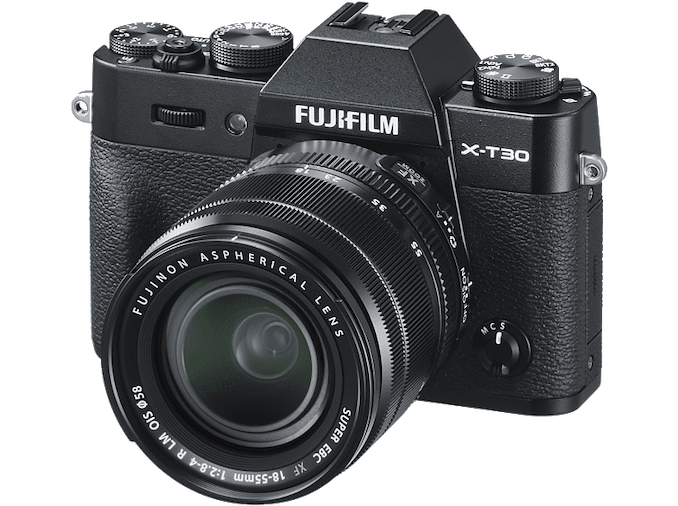
Over the last few years in our digicam critiques there had on a regular basis been loads of discussions regarding the colour duplicate of various smartphones – which one was right and which wasn’t? As an addition to this yr’s critiques I had started to include a mirrorless digicam to behave as a reference degree for this.
I’m using a Fujifilm X-T30 which makes use of a 26.1MP APS-C format sensor (3.77µm pixel pitch). The lens is a fairly regular and customary 18-55mm f/2.8-4.
The pictures have been captured in RAW format and processed in Seize One for handbook restoration of dynamic differ and publicity to as right as I’ll based on the scenes. Colours remained unaltered.
Purpose of the Article
The goal of the evaluation is very surrounding the technical options that each smartphone vendor has adopted of their design. We’re making an attempt to juxtapose the fully completely different digicam sensor and optical utilized sciences between the various distributors and try to return to some kind of verdict of the right implementations. We’ll try to pin down the digicam’s strengths and weaknesses, every from a {{hardware}} and software program program perspective.
The evaluation proper right here is just based on technical panorama nonetheless picture footage. Portrait or video evaluations aren’t inside the scope of the piece (for various smart causes).






